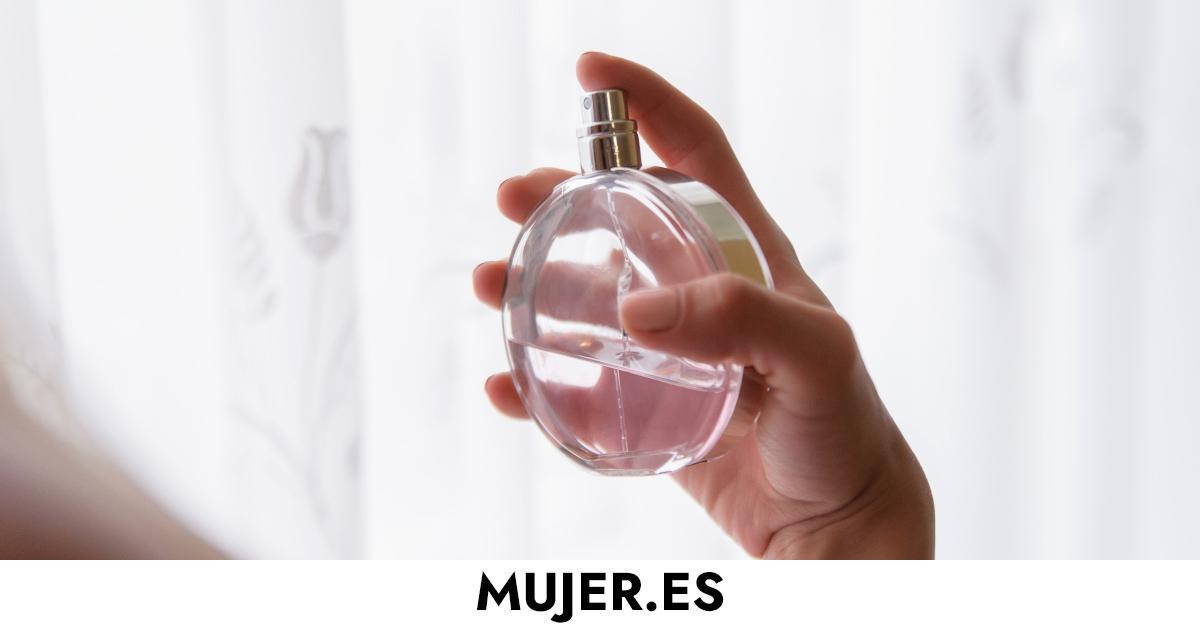[ad_1]
In 1882 the perfumer Paul Parquet created “Fougère Royale”a composition of coumarin, oak moss, geranium and bergamot launched by the Houbigant company that revolutionized the world of perfumery.
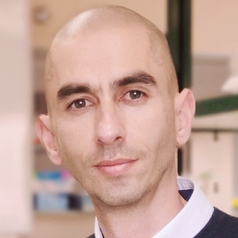
Raul Rivas Gonzalez
-
Professor of Microbiology, University of Salamanca
Today, the perfume continues to be marketed. The exit notes (those released by the perfume during the first 10 or 15 minutes) are lavender, bergamot and clary sage. The heart notes (which appear after 15 minutes) are geranium, heliotrope, carnation, rose and orchid. And the base notes (after 2 hours) are oakmoss, coumarin, tonka bean, vanilla and musk.
Odorous components of essential oils
All the scent components contained in the perfume, except coumarin, come from essential oils obtained from natural sources. AND in that Fougère Royale was a pioneer: the first to include a synthetic molecule in its formula. With it, he paved the way for a whole series of olfactory harmonies called “fougère” that are still used in many successful compositions of feminine and masculine fragrances. Modern perfumery was born.

Natural or artificial scent?
By 2025, it is estimated that the global fragrance market will be worth approximately 50 billion euros. They are not only used in cosmetics and perfumery, but also in the food, chemical, agricultural, tobacco and pharmaceutical industries.
The most common processes to produce aromatic compounds are extraction from natural sources and chemical synthesis. The extraction of natural sources, animals or mainly plants, is not easy and has many disadvantages. on the one hand because the concentration of many products in plants is low and because its availability changes depending on the seasonal variation. Added to this are two other problems: the risk of plant diseases and the stability of the compound, which is sometimes poor.
As to chemical synthesisAlthough it is relatively cheap, it can require toxic catalysts or the use of high pressure and temperature. Furthermore, it generally lacks adequate regio and enantioselectivity to the substrate, which can lead to a mixture of products.
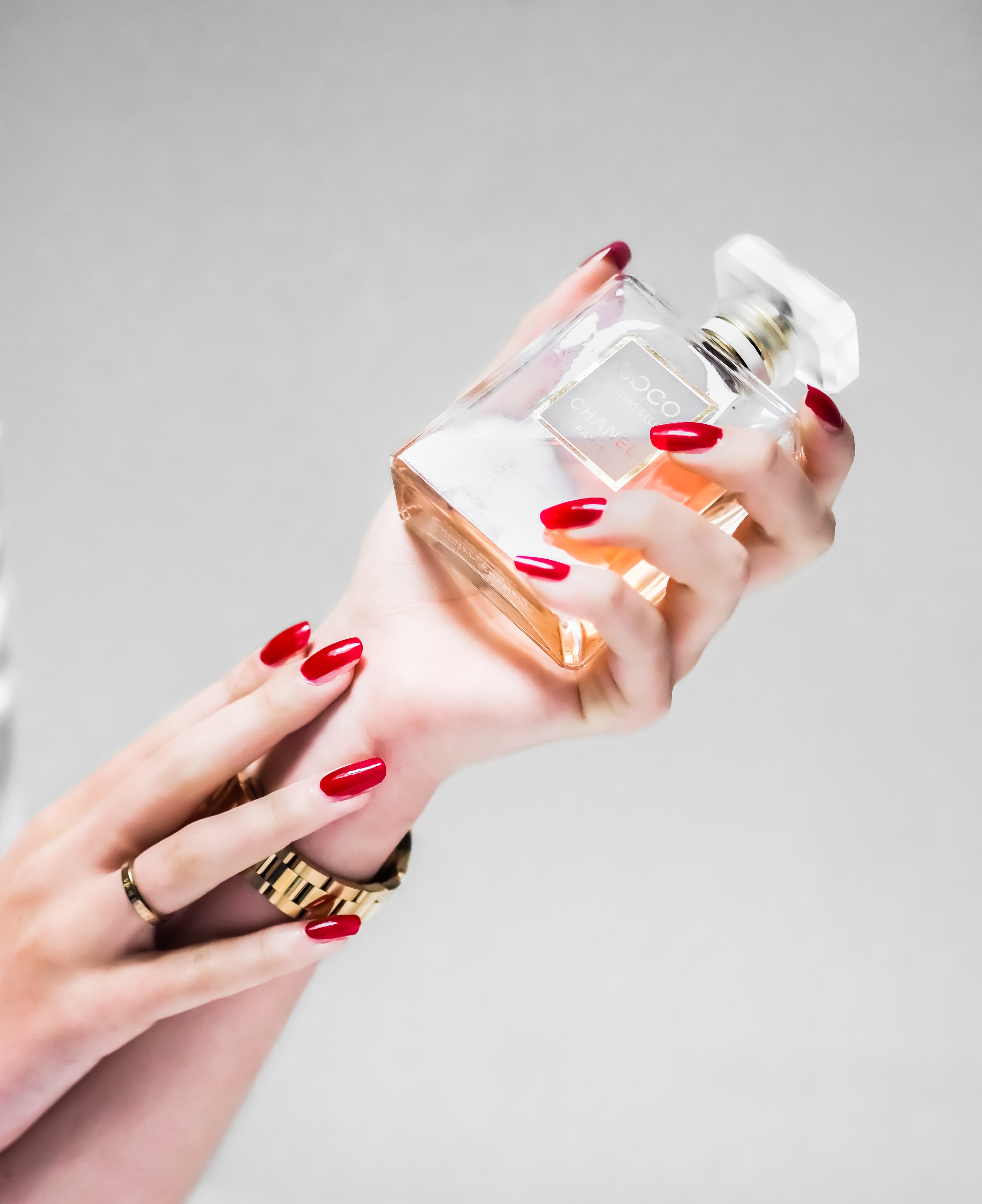
This explains why it is increasingly interesting to use microbes to make perfumes. Microorganisms can help by synthesizing molecules from scratch, or else by biotransforming a relatively cheap starting material.
Limonene in cleaning products and perfumes
Consider, for example, limonene. (+)-Limonene is obtained as a by-product of the citrus industry, and has a unique citrus aroma with a strong orange smell, which is why it is commonly incorporated into many cleaning products, cosmetics, and perfumes. However, citrus, citrus oil and limonene prices fluctuate and are constantly increasing and the scale at which fully synthetic limonene is produced is limited. Therefore, it is profitable to produce it with the help of some genetically modified microorganisms, such as Escherichia coli and Saccharomyces cerevisiae.
Bacteria to obtain aroma of rose and lavender

Another interesting example is found in the intoxicating aroma of the rose. It is generated due to a type of alcohol called 2-phenyl ethanol whose demand increases by 10-15% every year. When it comes from natural sources, its market value can exceed 1,000 euros/kg. However, this characteristic odorous compound can also be produced by bioconversion of 2-phenylalanine to 2-phenylethanol using genetically modified yeast strains such as Kluyveromyces marxianus and Saccharomyces cerevisiae.
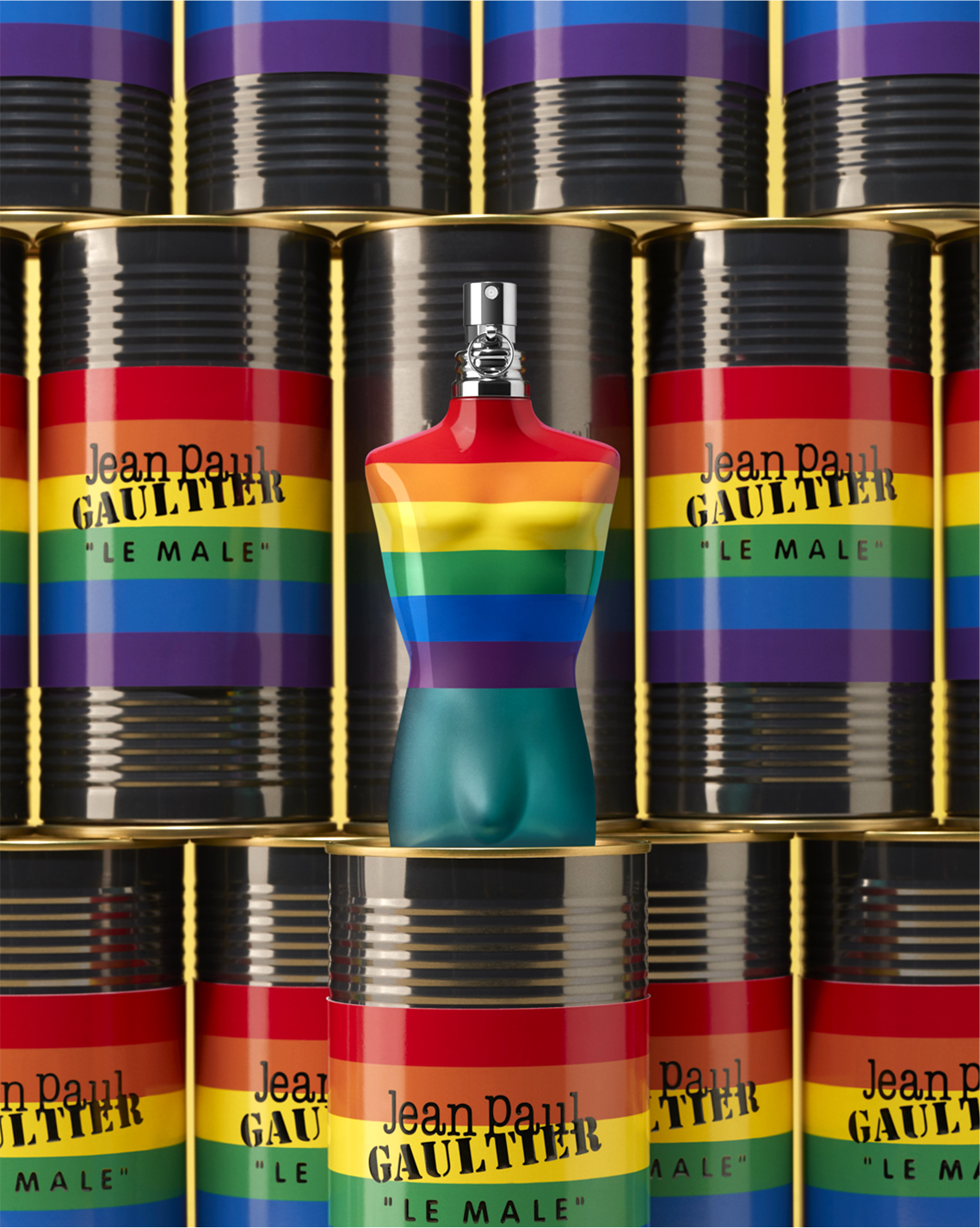
Le Male (1995), by Jean Paul Gaultier, It is perhaps the most famous lavender-based perfume. One of the main compounds in lavender essential oil is linalool, which has been a used ingredient in perfumes for many years. Starting with the classic Jicky de Guerlain that was launched on the market in 1889. In Le Male, linalool provides a pleasant floral aroma with a hint of mint. Nowadays, it is a common strategy to use strains of different microorganisms such as Saccharomyces cerevisiae, Yarrowia lipolytica, Escherichia coli and Pantoea ananatis that have been genetically modified to produce linalool efficiently.

More patchouli!
Patchouli is a fragrance that provides a woody, balsamic and camphorated aroma. It is used in incense, soaps, candles, and other household and personal care products. In 2010 there was a shortage of patchouli oil, because the rainy weather in Indonesia, one of the main producers, caused a poor harvest of the plant (Pogostemon cablin) that produces it. To top it off, volcanic eruptions and earthquakes aggravated supply problems.
Patchouli oil is currently produced by traditional agricultural methods and steam distillation. But it is only possible to extract 2.2-.8 kg of oil from 100 kg of dried leaves of the patchouli plant (Pogostemon cablin).
Unfortunately, the use of plants as a source to produce the oil includes slow growth and variable compositions according to geographic location and climatic conditions. For this reason, some biotech companies have begun to use modified yeasts and bacteria to produce patchouli, a terpene responsible for the typical patchouli aroma. In 2014, the Firmenich company launched Clearwood, a patchouli-rich product with a slight patchouli odor that is aimed at the perfume industry and is produced by microbial biotechnology.

Sustainable production of sandalwood
One of the most precious essential oils in the world is sandalwood oil. It stands out for its woody, slightly spicy and velvety aroma. It is obtained mainly from the heartwood of mature sandalwood trees (Santalum album, Santalum austrocaledonicum and Santalum spicatum) by steam distillation. Coco by Chanel, Hypnotic Poison by Dior or Crystal Noir by Versace are some of the perfumes that stand out for giving off notes with the smell of sandalwood. Due to the conditions and the long growth period of the Santalum trees, the supply of sandalwood cannot meet the increasing market demands, and overexploitation has seriously threatened natural resources.
Fortunately, metabolic engineering efforts have succeeded in obtaining genetically modified Saccharomyces cerevisiae strains that produce large amounts of α- and β-santalol, two of the main components of sandalwood essential oil that contribute woody, sweet, warm, and balsamic aromas.
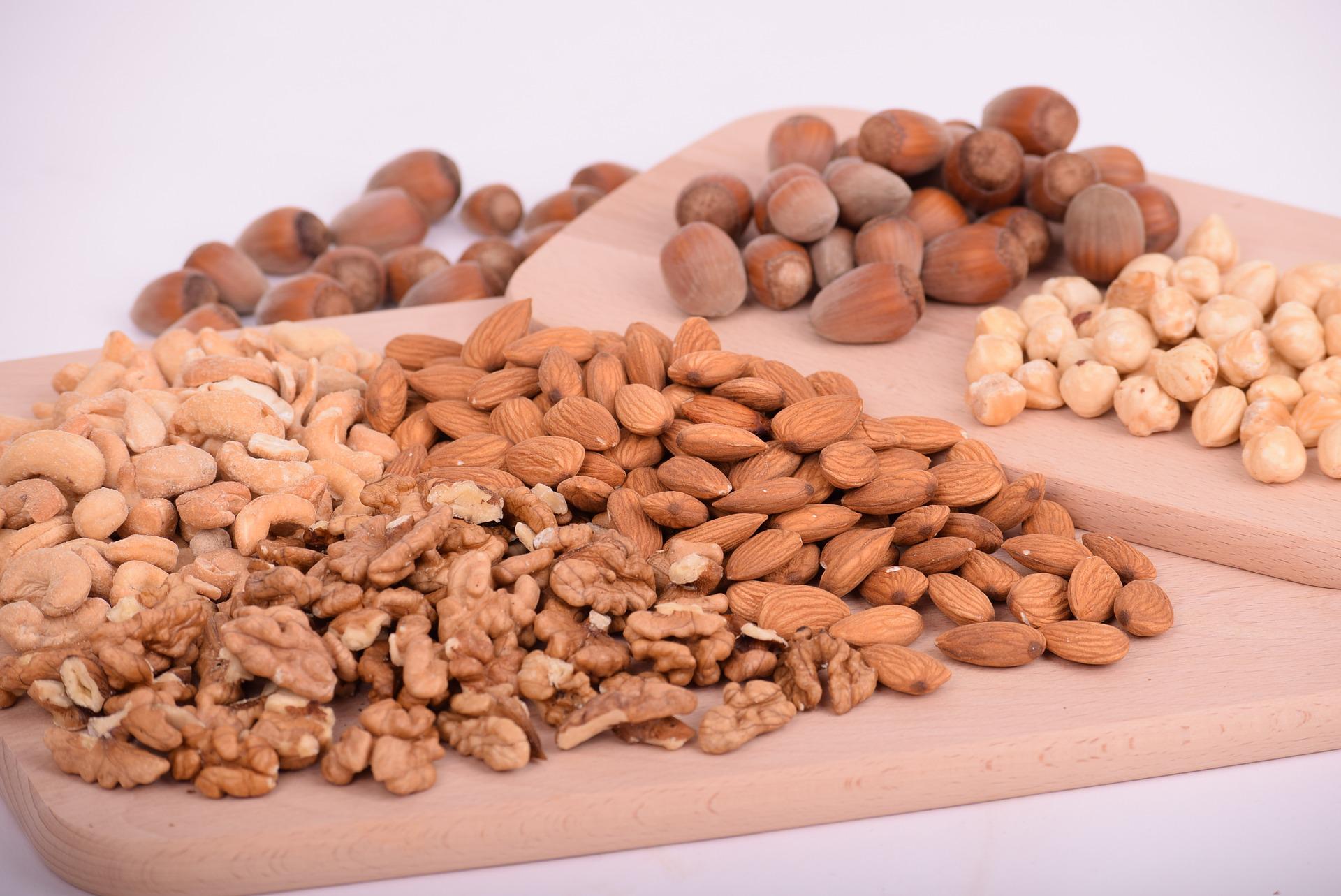
genetically modified strains
The examples are multiple. In fact, other genetically modified Saccharomyces cerevisiae strains are used to produce interesting odorous substances such as (+)-ambrein, the main component of ambergris. Ambergris is a rare and very expensive organic substance secreted by the digestive system of the sperm whale that is highly demanded in perfumery and often used as a fixative in perfumes to make the aroma last longer. Ambrein has a mild odor, but it can be oxidized to produce ambroxide which commands a high price in the fragrance industry and It is valued for its delicate smell and its fixing properties.
The great potential of genetically modified microorganisms to produce highly demanded aromatic compounds in perfumery is unquestionable. Of course, this system is a sustainable production alternative, environmentally valuable and economically profitable that will balance the balance of supply and demand and protect the natural resources available on the planet.
Do you want to receive the best beauty, fashion and lifestyle content in your email for free every Thursday? Sign up for our Newsletter.
[ad_2]
